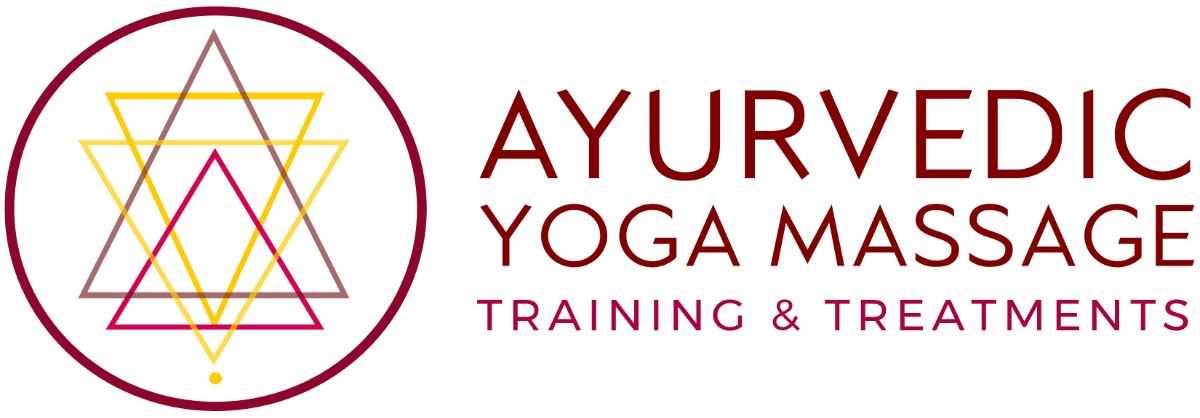Each of our two-day trainings is called a module.
- Our Introduction training (Module 1) is online, and we expect would take students 10-15 hours to complete initially, in their own time. The materials will be there to be revised throughout your training with us. Completing the Introduction is a prerequisite to attending our practical trainings. We offer free attendance of the Introduction upon booking any of our practical two-day trainings.
- Our practical two-day trainings (Modules 2 through to 9) include 12 classroom hours each, and are usually taught over two consecutive full days, 10 am to 1 pm and 1-5 pm on both days. You also get the entire content of the two-day trainings in a manual and video format, so you can revise in your own time for 1 year after your training.
- Our case study training (Module 10) includes completing 12-16 treatments (3-4 clients as case studies, can receive weekly treatments over 4 weeks). It is a prerequisite that you have attended at least two 2-day trainings with us before undertaking the case study training.
- We also offer an exam as an option, for students who would like better accreditation of their training.
Module 1: Introduction
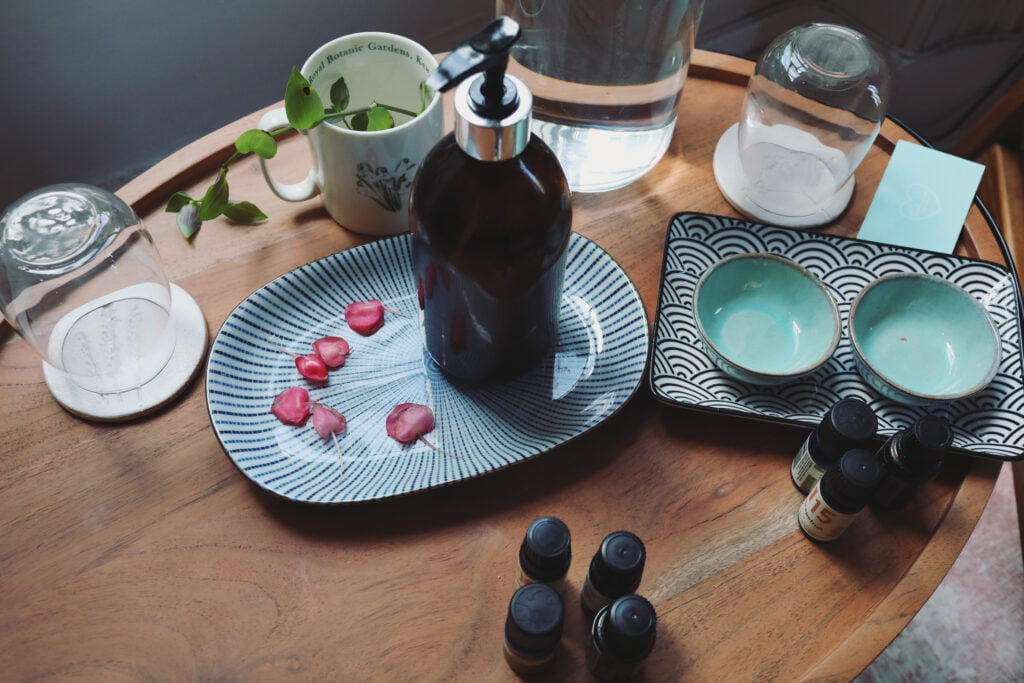
This is where we set the foundations for the practical part of the training. Essentially the practical part of the training is the application of the principles that we learn in the introduction. We cover: what AYM is, history, where it comes from, what we try to achieve. What are the objectives of treatments, how do we adjust treatments to client health, when do we need to refuse treatments. What makes a good treatment. What we need to think about before, during and after the treatments. AYM ethics, practical aspects (how to set up a treatment space, materials etc.), setting up an AYM practice.
This module is our only module that is delivered online (pre-recorded videos and live video calls), and it is offered free of charge when students book their first practical module with us. This introductory module is a prerequisite for all practical modules.
Booking: we will give you access as soon as you book your first practical training with us.
Module 2: Techniques that help the client to settle in, neck and shoulders work, warming up the back

This training helps to set the foundations for your Ayurvedic Yoga Massage practice. With each new technique we understand the AYM approach better in practice. So, aside from learning a lot of new techniques, we also focus on applying what we covered in Module 1, particularly:
– How best to use our body weight, different parts of our body, focus, intention and breath to connect with the client,
– How to find the best way for applying each technique for each client so we can promote optimal therapeutic outcomes
– How to adapt each technique so we can practise in a way that helps our own wellbeing too (which is also the best way to work for the client).
Supine position: we learn some massage, stretches, mobilisations and tractions of the neck and top of the shoulders. We also cover some mobilisations, rocking and tractions for the low back and hip area, to release tension and make sure that clients can lie down more comfortably for the duration of their treatment. Prone position: more warming up of the neck and top of the shoulders, more relaxing techniques from the prone position, and warming up the back.
These techniques are wonderful to use on their own as a complete relaxing treatment with a focus on the neck and shoulders. Or they can be intergrated into a full body treatment:
– at the beginning of a treatment, to help the client relax, settle in and warm up the neck and shoulders area
– during the treatment, if the client needs to relax these areas again, particularly if we do some deeper work that challenges the nervous system
– during the treatment to ensure that the client is lying down comfortably, with no discomfort in the neck and shoulders area
– at the end of the treatment, to help the client relax again and finish with some gentle techniques
How clients will benefit:
– Clients relax, switch off, settle into a deep state of relaxation, which has numerous benefits for the immune system, mental health, circulatory system, sleep quality etc.
– Releases aches and pains in the neck and shoulders area
Prerequisites: Module 1
Investment: £370 in London or 330 in Leeds/Glasgow; or included with a 300-hour therapist training subscription.
Module 3: Deeper work on the back and shoulders, head and face massage
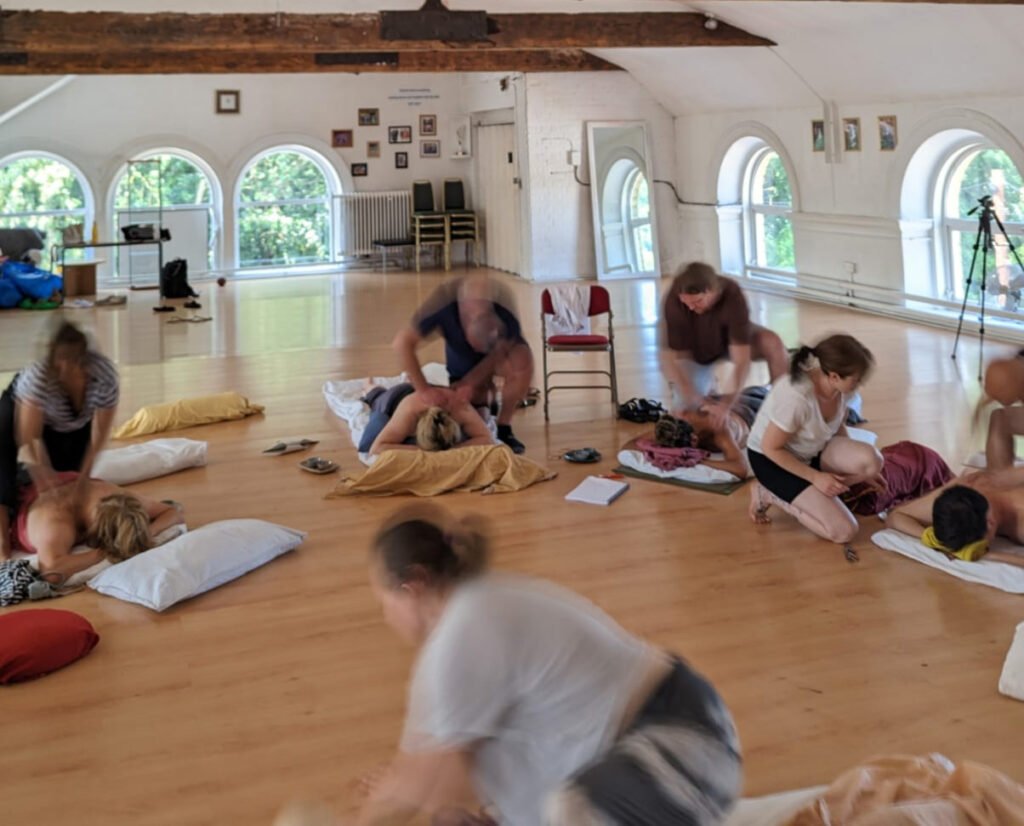
We start understanding the value of deep massage and stretches for remedial treatments of the shoulders. Always remembering contraindications, and when it is more helpful that pressure is mild rather than deep.
We work mostly from a prone position, so we can learn some deeper work on the back and shoulders. We also work from a supine position, to add more relaxing techniques, by learning to work on the head and face. We also learn some deeper stretches for the back, neck and shoulders, and some more all-important tractions to release tension in the low back and hip area.
These techniques are wonderful to use on their own as a complete treatment with a focus on the back and shoulders. Or they can be intergrated into a full body treatment.
How clients will benefit: we cover some relaxing techniques, but in module 3 we also introduce some deep, remedial work on the back and shoulders. So we can help clients relax into treatments, and we can also help with almost all kinds of shoulder pain. We also start work towards helping reduce back pains. The low back work that we learn here is complemented wonderfully with some of the tractions and mobilisations that we learn in module 2, the leg and hip massage and stretches that we learn in module 4 and the hip flexor massage and stretches that we learn in module 5.
Prerequisites: Module 1. It is beneficial if module 2 is also attended prior to module 3, but if this is not possible then students can come straight to Module 3, especially if they already have some experience as therapists.
Investment: £370 in London or 330 in Leeds/Glasgow; or included with a 300-hour therapist training subscription.
Module 4: Posterior and lateral sides of the legs

Here we learn to work on the legs from a prone position, including the all-important Ayurvedic Yoga Massage technique where we walk on client’s legs (when appropriate). We cover warming up massage, deeper massage, stretches and mobilisations of the legs. We start addressing:
1. How to approach working on the legs: some clients will benefit from deep work straight away, others will be very sensitive and might respond better to certain techniques first (how many people have you heard say that they don’t like massage on their legs? Here you can learn how to get them to love leg massage).
2. Some very common issues to do with the hips and knees mainly, but also all common leg injuries, patterns and pathologies and how to approach working with them.
These techniques are wonderful to use on their own as a complete treatment with a focus on the legs and feet, often the clients don’t feel like they have missed out if we just massage the back and outsides of the legs, and then stretch them; or they can be intergrated into a full body treatment.
How clients will benefit: we cover some relaxing techniques, and also some deep, remedial work. So we can help clients relax into treatments, and we can also help with some leg pains including knee, ankle and foot pains. Working on the back and lateral side of the legs, and the leg and hip stretches that we learn can also help significantly with most kinds of back pains. A lot of people suffer with loss of sensation in the legs. Hence many clients initially think that they don’t like leg massage, which restores more awareness of the legs (that might store a lot of tension) – until they try Ayurvedic Yoga Massage! The deep work with the large surface area of the feet and the stretches, as an addition to the deep massage can feel life changing to receive. People say that they feel lighter on their feet after AYM leg work. The work on the legs also helps significantly with blood circulation in the legs, particularly in clients with poor circulation.
Prerequisites: Module 1. It is beneficial if modules 2 and 3 are also attended prior to module 4, but if this is not possible then students can come straight to Module 4, especially if they already have some experience with floor-based therapies.
Investment: £370 in London or 330 in Leeds/Glasgow; or included with a 300-hour therapist training subscription.
Module 5: Front of the body massage, thinking about tailored treatment plans

The all-important abdomen work and front of the hips and legs. We continue to discuss common patterns, pains, pathologies and injuries of the lumbar, abdomen, hips and legs; how AYM techniques can help, and of course, what is contra-indicated in each case. By this stage, most of our course participants have a lot of techniques to choose from in their treatments, so we start discussing how we can investigate which techniques would be most beneficial for each client, and design and carry out personalised treatments.
These techniques are wonderful to use on their own as a complete treatment with a focus on abdomen, front of the hips and legs. Or they can be intergrated into a full body treatment.
How clients will benefit: the abdomen work is one of Despina’s personal favourites, as it is incredibly powerful and we often see dramatic results with this work. Clients usually feel significant physical, emotional and mental benefits. We can help to release back pains, and any pains that have to do with health conditions of the digestive system, and the reproductive system in women. Mentally, clients say that they feel clear-headed after this treatment, particularly if they had been experiencing brain fog before. Clients tend to feel feel deeply relaxed, warm, safe.
Working on personalising treatment plans for clients can also be hugely beneficial for our clients. We can all go back to basics here, whether we are beginners or experienced therapists. It’s good to check ourselves now and then, deepen our critical thinking about what to prioritise during a treatment. It helps develop our creativity, active listening skills and connection to the client (rather than giving what we would like to receive), and it helps to avoid feeling stagnant, and like our treatments are becoming repetitive.
Prerequisites: Module 1. It is beneficial if modules 2 and 3 are also attended prior to module 5, but if this is not possible then students can come straight to Module 5, especially if they already have some experience as a therapist.
Investment: £370 in London or 330 in Leeds/Glasgow; or included with a 300-hour therapist training subscription.
Module 6: Tailoring treatments to client needs, new techniques as appropriate
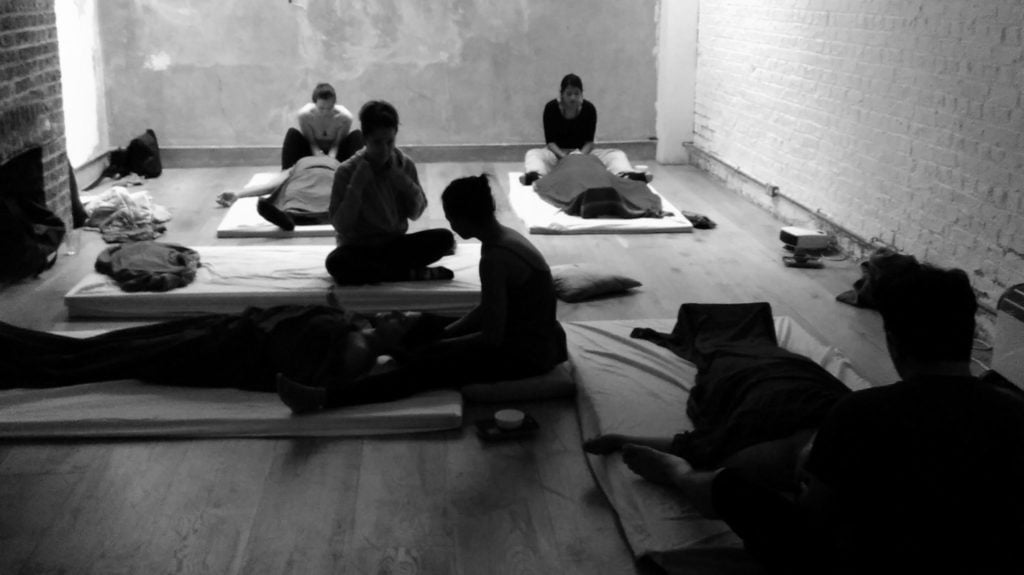
In this module we mainly practise consultations, designing treatment plans, putting our treatment plans to practice and adapting our plans during the treatment, based on how clients are responding. In this module students will mostly practise treatments on each other, so they get experience as therapists but also from a client’s perspective. We might also invite some external clients to receive treatments, depending on the experience of our participants, and adjusting to where they are/what they would benefit from the most at this stage of their learning journey. We can also revise techniques if requested by the students, as and when needed.
The objective of this module is to develop our connection with the client, critical thinking and intuition before and during a treatement, and also for developing a longer-term treatment plan for clients who are able to commit to several treatments.
The feedback from our students is that this is the part of the training, where everything starts to come together. Students start build confidence in their skills as therapists and start learning to trust their knowledge and intuition.
When practising on peers or external clients, we can see the feedback improving over time for therapists from the beginning to the end of this module, even when our students are experienced therapists.
Here we also cover some new techniques, selected to suit the learning needs of the group.
Prerequisites: Module 1 and a minimum of two modules out of modules 2-5. It is beneficial if all modules 1-5 are attended prior to module 6, but if that is not possible then students can still attend, it will still be useful.
Investment: £370 in London or 330 in Leeds/Glasgow; or included with a 300-hour therapist training subscription.
Module 7: Mobilising the upper body
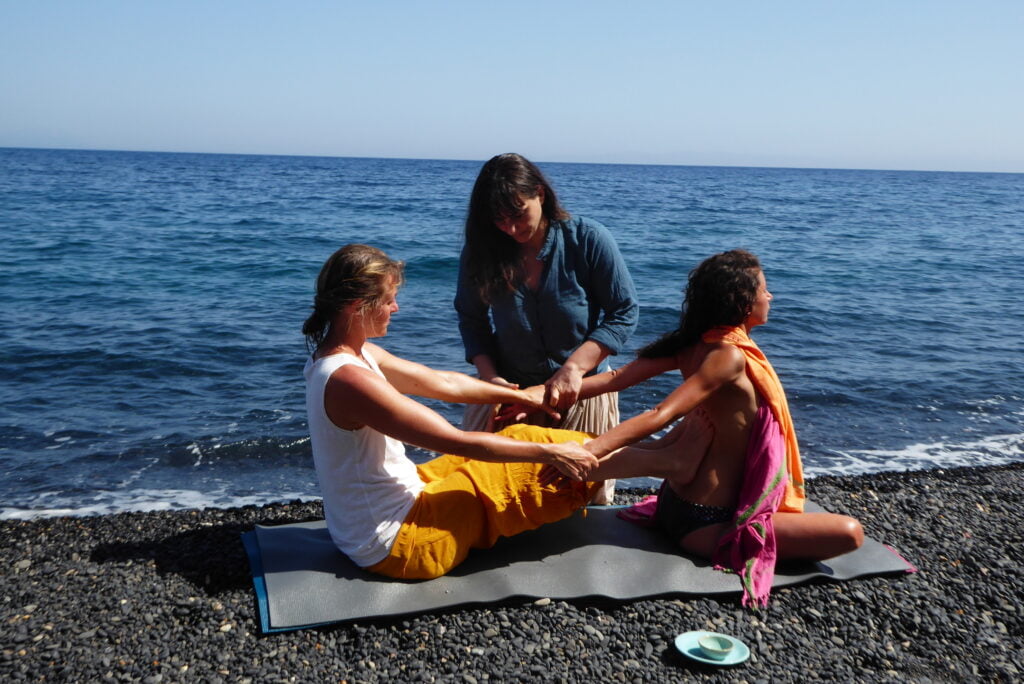
The content here will be adapted to suit participants, but we will cover a lot more techniques. Once students have attended a few of the previous modules, the pace of learning picks up, so we can cover a lot of new techniques with ease. We will also revise students’ existing techniques as necessary. We will focus on more techniques to help relax, align and increase range of movement (where necessary) in the upper body, and also start thinking about expanding breathing capacity.
By learning a lot more techniques, therapists acquire the tools to really personalise treatments to what their clients need on the day. And we still have a lot of incredibly effective techniques to cover at this stage. It is also very useful to have a lot of techniques to work with, for clients who come regularly.
Prerequisites: Module 1 and a minimum of three modules out of modules 2-6. It is beneficial if all modules 1-6 are attended prior to module 7, but if that is not possible then it is still valuable for students to attend.
Investment: £370 in London or 330 in Leeds/Glasgow; or included with a 300-hour therapist training subscription.
Module 8: Mobilising the lower body
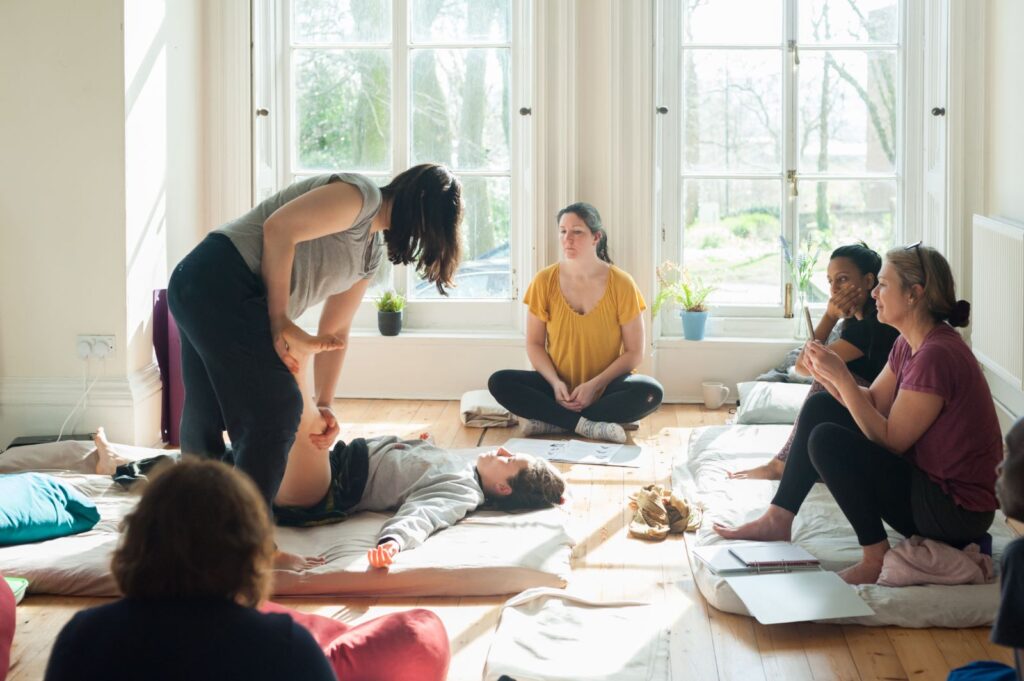
As in Modules 6 and 7, the content here will be adapted to suit participants, but we will cover a lot more techniques. In M6-7 we focus more on the back and shoulders/upper body, while in M8 we focus more on hips/additional lower body stretches. Once students have attended a few of the previous modules, the pace of learning picks up, so we can cover a lot of new techniques with ease. As during all modules, we also revise students’ existing techniques as necessary. In module 8 we focus on more techniques to help relax, align and increase range of movement (where necessary) in the low back, hips and legs.
By learning a lot more techniques, therapists acquire the tools to really personalise treatments to what their clients need on the day. And we still have a lot of incredibly effective techniques to cover at this stage. As with module 6 and 7 materials, it is also very useful to have a lot of techniques to work with, for clients who come regularly.
Prerequisites: Module 1 and a minimum of three modules out of modules 2-7. It is beneficial if all modules 1-7 are attended prior to module 8, but if that is not possible then it is still valuable for students to attend.
Investment: £370 in London or 330 in Leeds/Glasgow; or included with a 300-hour therapist training subscription.
Module 9: Supervised practice on external clients
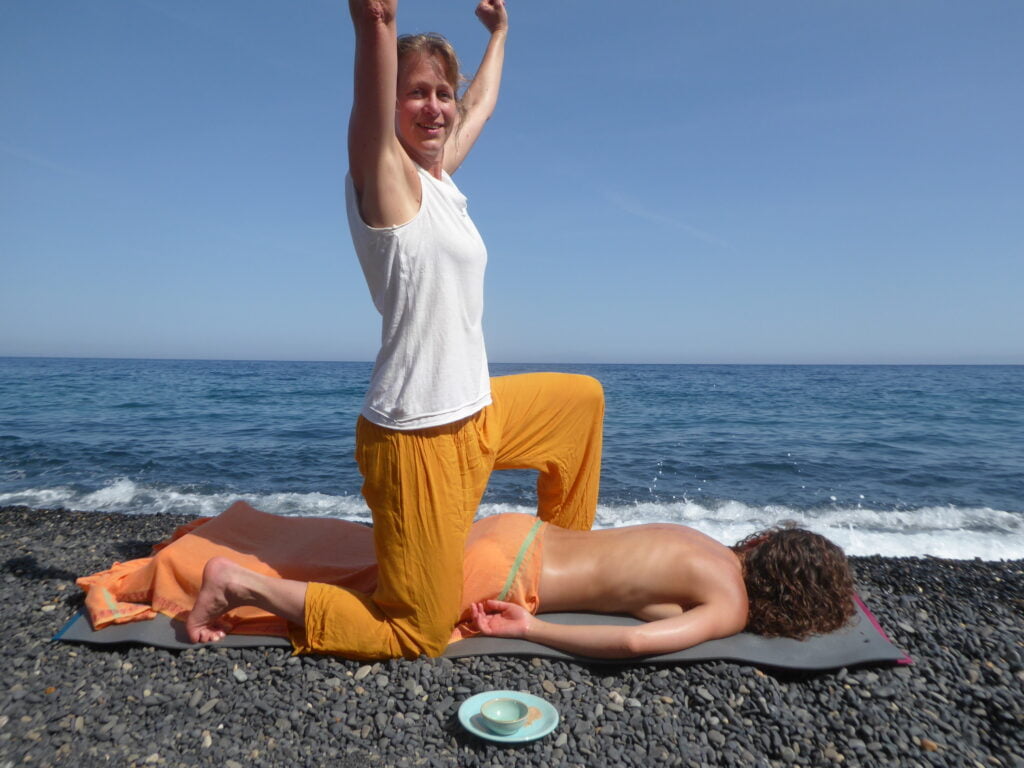
We put everything that we have learned so far into practice, in a supported environment. We put together and discuss treatment plans based on information from client consultations. We then put those treatment plans into practice, see how the client responds, and adapt/amend the plan if necessary.
Students get assigned clients (who have already completed consultation forms), discuss whether there is anything else that we still need to ask the clients, make provisional treatment plans (to be discussed/agreed on with the clients). We workshop adaptations of techniques for different client needs. We set up the space, welcome, have a discussion and carry out supervised treatments with external clients, receive and discuss client feedback, discuss how the treatments went and what we learned with each other.
This is our favourite module to teach, it is incredible to see all the work that students have put in through their training pay off, and to see their clients feeling better in real time. There is something really powerful about offering treatments in a group environment, both the therapists and clients feel it, the energy in the room is incredible, every time. And of course, it is really wonderful to hear the client’s feedback! And to see our students delving ever deeper with their understanding of how to support clients with their wellbeing.
As teachers/facilitators of this learning experience, we also learn a lot from this part of the training, every time. Clients come with different needs, and a lot of good ideas evolve here, about how to adjust treatments to best serve our clients’ needs on the day, while making treatments also a positive experience for the therapist, body and mind.
Prerequisites: Module 1 and a minimum of three modules out of modules 2-8. It is beneficial if all modules 1-8 are attended prior to module 8, but if that is not possible then it is still highly valuable and adviseable for students to attend. This is also an excellent training to repeat as CPD.
Investment: £370 in London or 330 in Leeds/Glasgow; or included with a 300-hour therapist training subscription.
Module 10: Case studies and reflective feedback
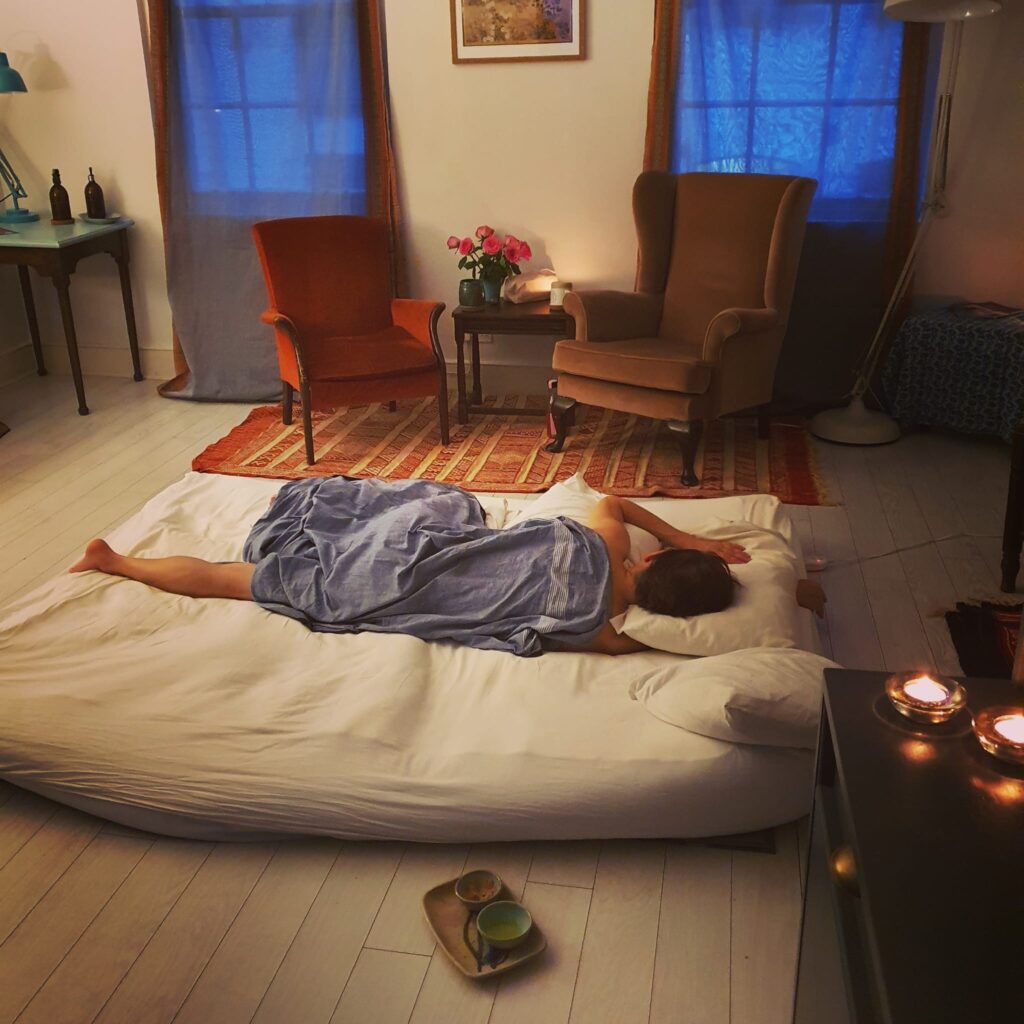
Trainees start to put everything that we have learned into practice, to design series of treatments to help clients improve their physical and mental health. Setting goals together with the client, designing a series of treatments, assessing whether treatments are helpful to achieve our goals, learning from each treatment and improving/adapting our plans. Here we can work on deepening of our understanding of Ayurvedic Yoga Massage, but also work out kinks in our practical setup. If you don’t have a space where you can practise, we can provide treatment rooms to our students at a low cost in London and Leeds, and put you in touch with therapists in your area who can help you find affordable spaces, in other locations.
We will meet weekly via video call to discuss progress.
Students need to work with 3-4 clients on a weekly basis, over 4 weeks and submit notes from their treatments. Each student will need to complete 12-16 treatments.
Students need to demonstrate: understanding of the client needs, ability to tailor treatments to client needs (suitable techniques, intensity, pace, adequate communication). Through communication with the tutor(s), students can use these treatments to develop the ability to respond to changes over time and plan a set of treatments to treat client needs. We can discuss progression of intensity of treatments (if appropriate/relevant), frequency, length and intensity of treatments: what balance would be most beneficial to the client.
Prerequisites: Module 1 and a minimum of two modules out of modules 2-8. It is beneficial if all modules 1-8 are attended prior to module 8, but if that is not possible then it is still highly valuable and adviseable for students to attend. This is also an excellent training to repeat as CPD.
Investment: £370 in London or 330 in Leeds/Glasgow; or included with a 300-hour therapist training subscription.
Assessment

This is set up to be another wonderful, supportive experience, where students can receive constructive feedback. This is an optional part of the training, but is essential for students who would like to graduate with our 300-hour training certification, so that we can ensure that the certification that we provide to our graduates is meaningful. Students will provide massage treatments to external clients and will also devise treatment plans for fictional scenarios. These are set to establish that our graduate therapists can provide safe, effective, optimised treatments to clients with a wide range of needs. All treatments will be observed by the student’s main teacher and an external examiner. Students will need to be able to discuss and justify their treatment plans.
Investment: £170 in London, £150 in Leeds and Glasgow, or included with a 300-hour therapist training.
